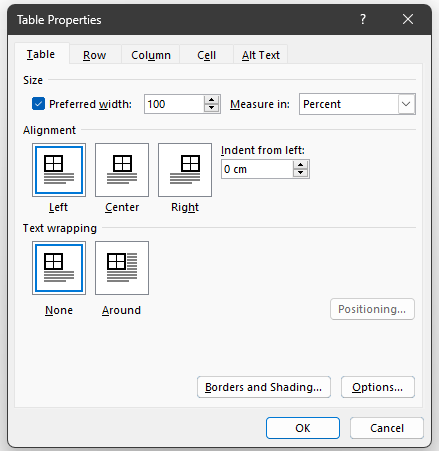

if ( parameters.teaMass <= TEA_BAG_WEIGHT ) {
return "Error: incorrect input. Check if tea bag was inserted correctly into water container."
}
No gods, no masters.


if ( parameters.teaMass <= TEA_BAG_WEIGHT ) {
return "Error: incorrect input. Check if tea bag was inserted correctly into water container."
}


Glad I didn’t read it.
[[[[[[[[[ TEST ]]]]]]]]]
why stop at curly brackets? Do all of them: parentheses, square brackets, angle brackets, and curly brackets. Also, strings should be liberated. Move all non-escaped quote characters to the end of the line too.


At least name it well. What’s tw supposed to mean?
<br>
actually:
<br>
but only sometimes.
Oldman.setHealth(“dicktits”); //normalize pls
0
Oldman.setHealth(“-100±1%”); //make percentage pls
Reject operations.
Use absolute number to remove the minus. Math.abs()
Oldman.setHealth(0.0); //it is subunitary, but undefined behavior - will it access the ‘numeric value’ overload, or the ‘subunitary numeric value’ overload?
Same result either way, so whatever if branch is first.
Understand the purpose. If you want to kill the old man with 0, then there’s no point to leaving it as 0.9%, understand the non-linear characteristics of life and death.
When you’re dealing with the low level functions, sure, you can keep it simple. When you’re reaching the surface of user input, you’re either going to waste time with validation and error reporting, or you’re going to waste time with interfaces that can handle more shit without complaining. There’s no fool proof either way, but good luck pissing users off with endless docs.
Don’t write your own code just yet.
If your goal in programming is just to be a traffic cop between the user input and the database, all you’re doing is building a virtual bureaucracy, the kind that people really hate and is easily generated with coding tools. Or you’re just deferring the “smoothing out” burden to the UI developers.
Absolute (cm)

adding one 0:

100%, automatically changes unit to %
(Word table properties)
The high level setter function should be made to handle both string and numeric values.
If it contains “%” it’s a percentage value.
If it’s a string without a “%” it’s an absolute value and needs to be normalized.
If it’s a numeric value, it’s an absolute value.
If it’s a numeric 100, it’s 100%.
If it’s a subunitary numeric value, it’s a percentage.
Who would use that kind of type coercion? Who? I want to see his face.
There are too many blogs and posts.


And it’s good.
What would even be the design solution without massive empty space? Add a lot of columns? Make the long content horizontal instead of vertical?


Conservative is the wrong word there


Currently, it is likely that just your session cookie was stolen, with instance admins being targeted specifically by checking for navAdmin, an HTML element only instance admins had. I do not believe this to affect users across instances, but I have yet to confirm this.
Probably because the hackers used some http request to get the data and didn’t want to wade through thousands of rows of JWT strings.
unlikely